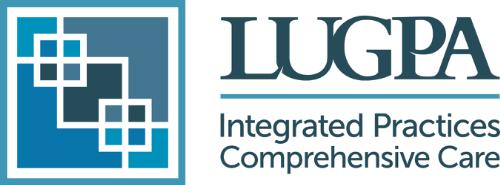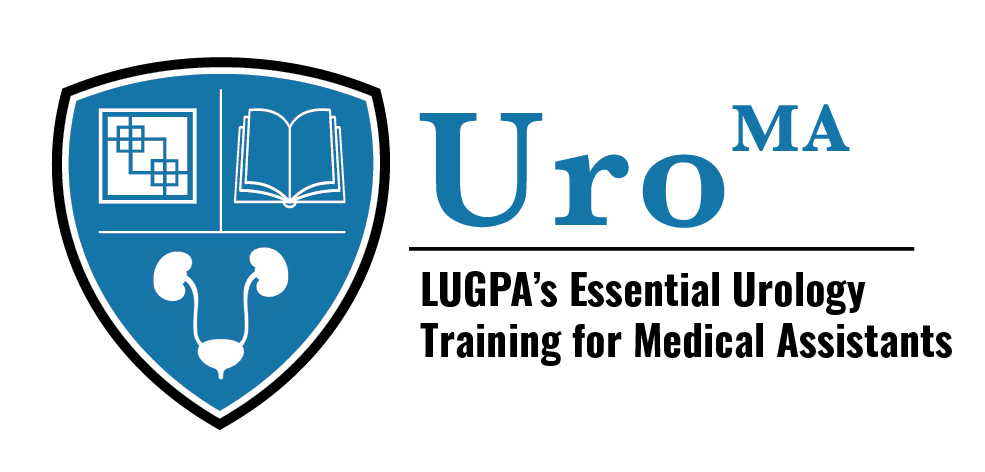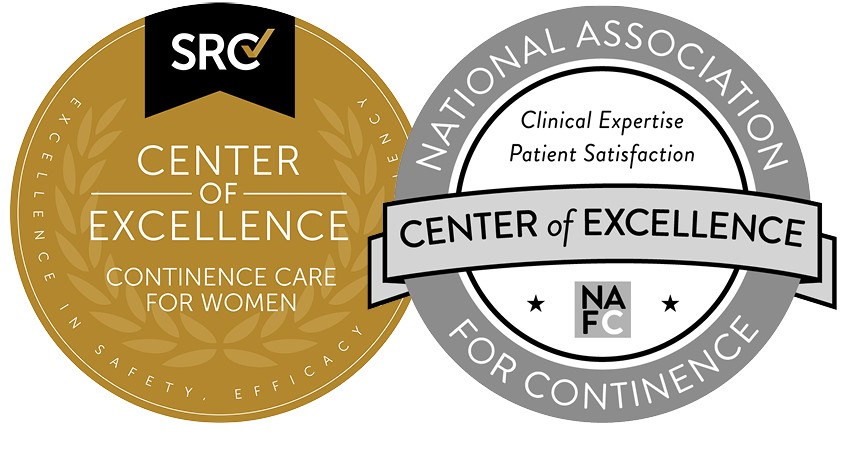LUGPA Policy Update: Supreme Court Overturns Chevron DeferenceOn June 28, the Supreme Court delivered a pivotal decision in Loper Bright Enterprises v. Raimondo and Relentless, Inc. v. Department of Commerce, overturning the longstanding precedent set by Chevron v. Natural Resources Defense Council. The Chevron Doctrine, established in 1984, mandated that courts defer to federal agencies' reasonable interpretations of ambiguous statutes. This principle has been foundational in shaping regulatory actions across various sectors, including healthcare governed by the Department of Health and Human Services (HHS). In a 6-3 decision led by Chief Justice Roberts, the Court declared, "Chevron is overruled." This ruling mandates that courts must independently assess whether an agency has acted within its statutory authority, emphasizing the judiciary's role under the Administrative Procedure Act (APA). While agencies like HHS retain authority delegated by Congress, courts are no longer bound to defer to agency interpretations solely based on statutory ambiguity. Impact on Healthcare Policy
Looking Ahead Overturning Chevron will force HHS to adopt more cautious and well-justified policies to avoid judicial invalidation of agency rules, often the product of an arduous notice-and-comment process. In particular, HHS is likely to be reluctant to change existing interpretations of statutory language. This will create challenges for healthcare entities seeking to encourage the agency to adopt policy changes, especially if those changes might not reflect the “best” reading of the authorizing statute. At the same time, the healthcare industry's ability to challenge newly adopted policies in litigation will improve. Whereas Chevron meant that courts gave HHS significant deference in defending their rules against legal challenges, regulated entities will now enjoy a more level playing field—one on which courts will find in favor of whichever party advances the more persuasive interpretation of the statute. There will be more intensive judicial scrutiny of agency policy choices, and HHS will be required to demonstrate that its rules reflect the best interpretation of the statute. According to today’s decision, after all, “[i]n the business of statutory interpretation, if it is not the best, it is not permissible.” The Supreme Court's decision to overrule Chevron deference marks a significant evolution in administrative law, prompting legislative and regulatory entities to reconsider statutory clarity and agency discretion. Healthcare stakeholders must navigate a new landscape of judicial review, emphasizing robust statutory interpretations and anticipating potential litigation outcomes. This change presents both challenges and opportunities, necessitating careful legal and strategic planning for future regulatory actions. The LUGPA health policy team will monitor developments as this landmark ruling is interpreted and its significance and implications become manifest. Shifting decision-making authority away from agencies on complicated and nuanced issues creates opportunities for real subject matter experts, such as LUGPA and our advocacy team, to engage meaningfully with legislators.
|




